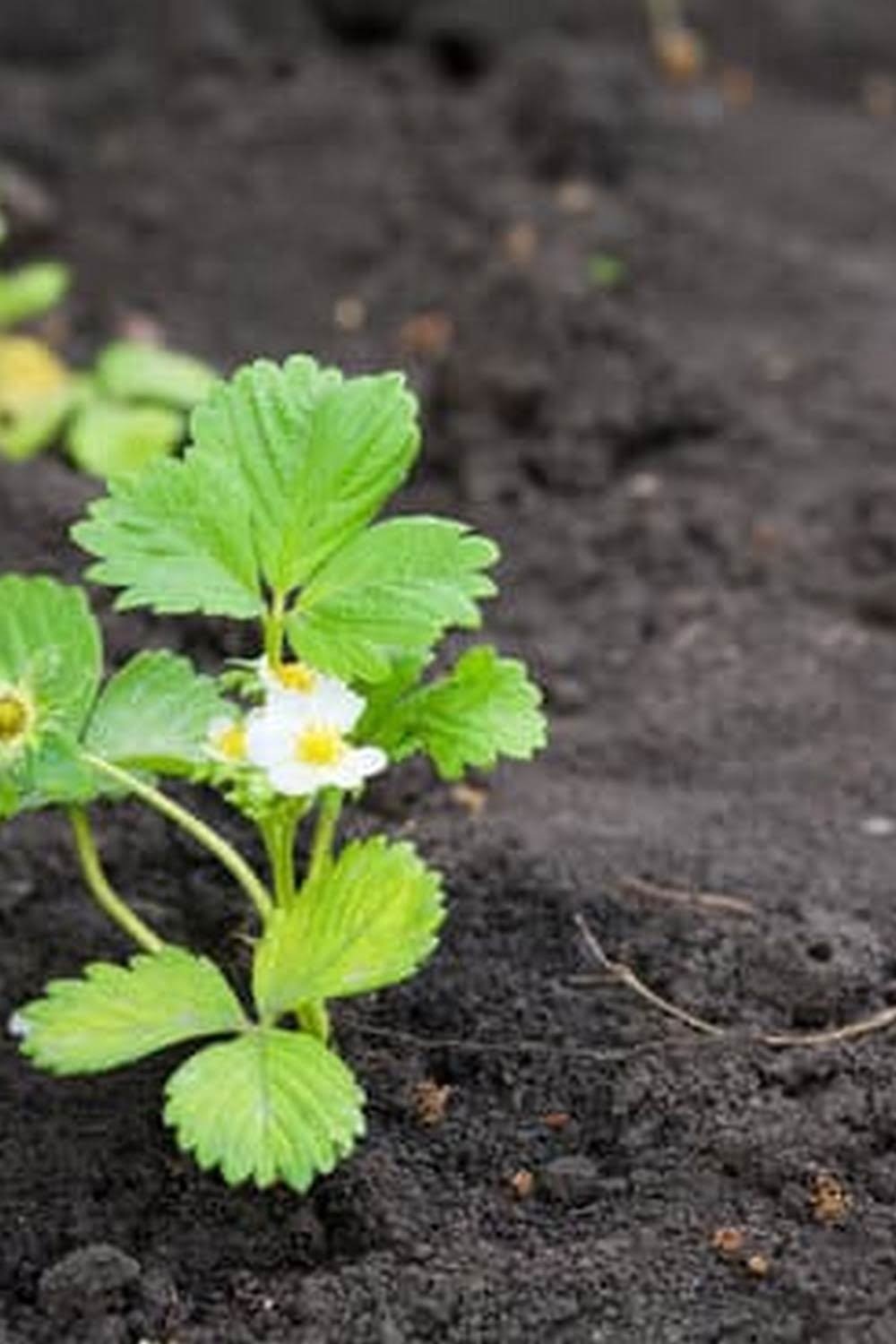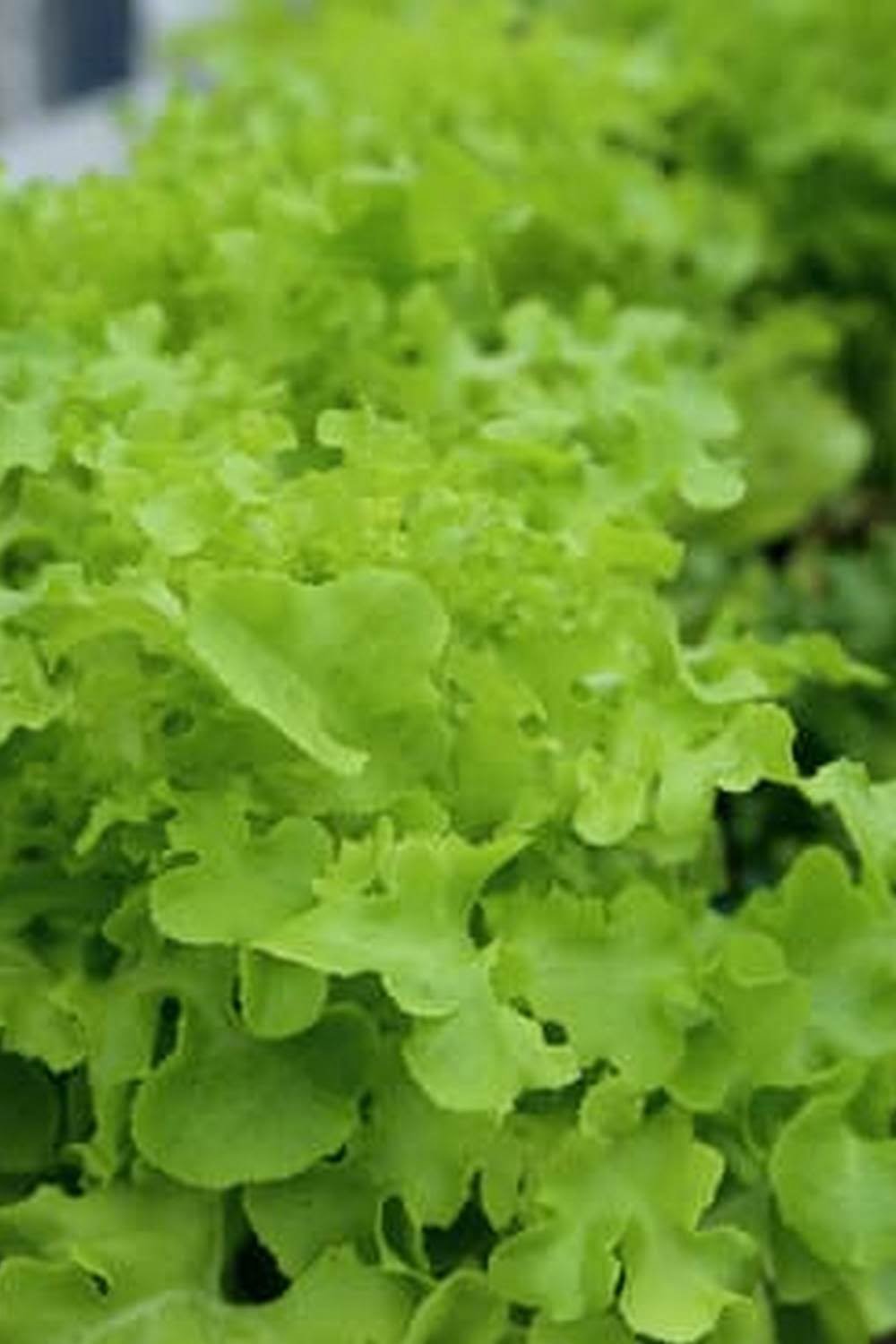Introducing the Benefits of Weed-Free Vegetable Gardening
Weed-free vegetable gardening has several advantages. For starters, keeping weeds out of your vegetable garden allows your plants to grow in an environment with fewer competing resources, such as sunlight and water. Weed-free gardens produce healthier plants that tend to have more nutrients than those grown in weedier gardens. As a result, you will be able to harvest more delicious, pesticide-free fruits and vegetables from your vegetable garden! Additionally, by removing the presence of weeds, you will eliminate the need for herbicides or other chemical treatments which can potentially harm other beneficial insects or creatures living in or around your garden. Finally, taking the time to establish a weed-free vegetable garden is less labor intensive than trying to constantly deal with weeding year after year.
Preparing Your Soil to Deter Weeds From Taking Over
When preparing your soil to deter weeds from taking over your vegetable garden, one of the first steps should be to test the pH of the soil. Weeds find it difficult to germinate and spread when the soil pH is carefully balanced. If it’s too acidic, adding limestone can help reduce acidity. If it’s too alkaline, adding elemental sulfur can help reduce alkalinity as well as help release any nutrients that may be stuck in the soil due to mineral imbalances.
Once your pH levels are sorted out, you’ll want to loosen up your topsoil with a garden rake and turn it over with a shovel or spade before planting any vegetables. Once this is done, lay down layer of organic mulch over the surface of your vegetable plot to help break down larger chunks of dirt, prevent weed seedlings from sprouting, and encourage microbial activity in the soil. Another beneficial action would be to spread a pre-emergent herbicide around your vegetable patch which will stop weeds from even germinating when they come into contact with it. Finally, ensuring your plot has healthy drainage can go along way towards protecting your veggies from unsightly weeds as plants tend not grow well in soggy soils where many types of weed species thrive in abundance.
Optimizing Garden Layouts and Borders to Contain Weed Growth
When growing vegetables in a garden, it is important to properly layout and border your crops in order to contain weed growth. A well-planned garden space can help reduce the amount of weeding you will have to do by keeping weeds away from your vegetables.
A well-thought out garden design should include elevated planting beds with a two-inch or greater depth so that they are raised above ground in order to keep weeds and grasses from competing with your vegetables for moisture and nutrients. You can also create a border around the planting area with natural materials such as burlap or cardboard that prevents weed seeds from germinating or spreading into the bedding area.
Within each bedding area, use mulch or cover crops in between each row of vegetables to separate them and restrict weeds from taking over. Additionally, you can use flowers, herbs, or plants that repel certain types of pests, like marigolds to keep aphids away from your vegetable plants. The wide spacing between plantings will also give you more room to maneuver around them while weeding.
Finally, hand-weeding should be done on a regular basis throughout the season in order to remove any remaining weeds. When pulling out perennials or grasses it is important to make sure you remove as much of their roots as possible so they don’t grow back and cause further issues down the road.
Engaging in Pre-Emergent Strategies to Retard Weed Seeds
Pre-emergent strategies are soil treatments used to impede the growth of weeds from germinating in your vegetable garden. Before there is any sign of weed seeds growing, these strategies work to inhibit them from doing so. An important thing to note when employing pre-emergent strategies are that they are limited in their efficacy since new weed seeds can continually be brought into an environment. Therefore, multiple applications may be needed for maximum success. Organic pre-emergent options include:
• Mulch: Covering the ground with mulch is a great defense from weeds as it prevents sunlight from reaching weed seeds and helping them germinate.
• Newspapers andCardboard: Placing newspapers and cardboard around your vegetables acts as a barrier againstweed growth, while also providing extra protection to vulnerable crops like tomatoes and peppers.
• Compost/Manure: Adding compost or manure to the base layer of your soil not only helps create healthy soil but by adding nutrients it also helps choke out weeds before they can reach the light.
• Herbicides: If all else fails, strategic use of herbicides can help keep down on weed populations without damaging any plants. Make sure you read any precautions that come with purchasing and using this product to ensure safety for yourself and your vegetable garden.
Utilizing Hoeing and Manual Weeding to Combat Weeds
Maintaining a weed-free vegetable garden is essential for the best crop yields. Hoeing is an effective way to remove weeds, as it cuts them off just below the soil surface and will also help to cultivate and aerate the soil. It is important, however, to ensure that you do not disturb or damage the roots of your vegetables in the process. For areas of your garden with young seedlings or near established crops, it is recommended to use a hand tool such as a hula hoe, which has a looped blade that skim just under the soil surface – this way you can control where you are slicing away weeds.
Manual weeding can be done either by hand or with a tool like a trowel or dandelion digger – whichever works best for you. This method requires close attention so as not to detract from your valuable crops, but pulling out weeds by their roots will provide you with long-term control of particular weeds and stop them from growing back in future seasons. Of course, manual weeding will require some extra time spent in your garden – but what better way to enjoy outdoor gardening than getting out there with some tools?
Utilizing Organic Mulches to Block Out Emerging Weeds
Organic mulches, such as straw and sawdust, are an excellent way to help keep weeds out of a vegetable garden. The key to making this work effectively is to use a thick layer (at least 3-4 inches) of the material to block light and create a barrier between the soil and the environment. This prevents weed seeds from germinating and keeps existing weeds from spreading. Additionally, organic mulches can add nutrients to your soil as it gradually breaks down over time. When using this method for weed control, be sure to lay down the mulch just before or soon after planting your vegetables as weeds will emerge more quickly in bare spots. Finally, it may also be helpful to install edging around your garden beds if possible which further helps reduce weed encroachment from neighboring vegetation.
Investigating Organic Weed Control Options for Vegetable Gardens
Organic weed control options are great for keeping vegetable gardens free of invasive weeds. The first step to preventing weed infestations is to keep the garden well-maintained and healthy. Keeping the soil loose and aerated with compost will help prevent weed seeds from taking root. Weeds compete with vegetables for sunlight and nutrients, so it’s important to keep the garden beds clean and maintained without any dead plants or excessive debris that could harbor weeds. Creating a thick layer of mulch over the soil can also help muffle the growth of weeds, while still creating a healthy space for vegetables to grow. Utilizing cover crops such as grasses to cover bare patches of soil during winter months can also help choke out other unwanted vegetation from setting in. Organic sprays such as vinegar water, citrus oil, neem oil, or an extract made from leaves can be effective at killing existing weeds on contact. If you do utilize an organic spray, take care not to spray onto any edibles that may be growing already within your vegetable garden since these substances will remain active until rain washes them off of foliage. Finally, hand-weeding is a tried and true method for managing weedy areas – just be cautious not to disturb or damage nearby edible plants when removing persistent offenders in your vegetable garden!
Summarizing the Strategies for Keeping Your Vegetable Garden Weed-Free
Weeds are a major problem for vegetable gardeners. To help prevent weeds from taking over your plants, there are several strategies you can use to keep them out of your garden. Some of these include regular cultivation and mulching, using cover crops, planting in rows, and hand weeding. Cultivating involves digging or stirring the soil around existing plants to disrupt weed growth and stop their spread. Mulching helps conserve moisture in the soil, prevents erosion, and blocks sunlight from reaching weed seeds to stop them from germinating. Cover crops can also be planted between rows of vegetables as they help keep weeds down by shading out their growth. Planting in well-defined rows helps clearly separate each plant and reduce weed competition for resources. Finally, manual hand weeding is another way of removing weeds that have been missed by any other control option used.

If you’re looking to get into vegetable gardening, or are just looking for some tips on how to make your current garden better, then you’ve come to the right place! My name is Ethel and I have been gardening for years. In this blog, I’m going to share with you some of my best tips on how to create a successful vegetable garden.





